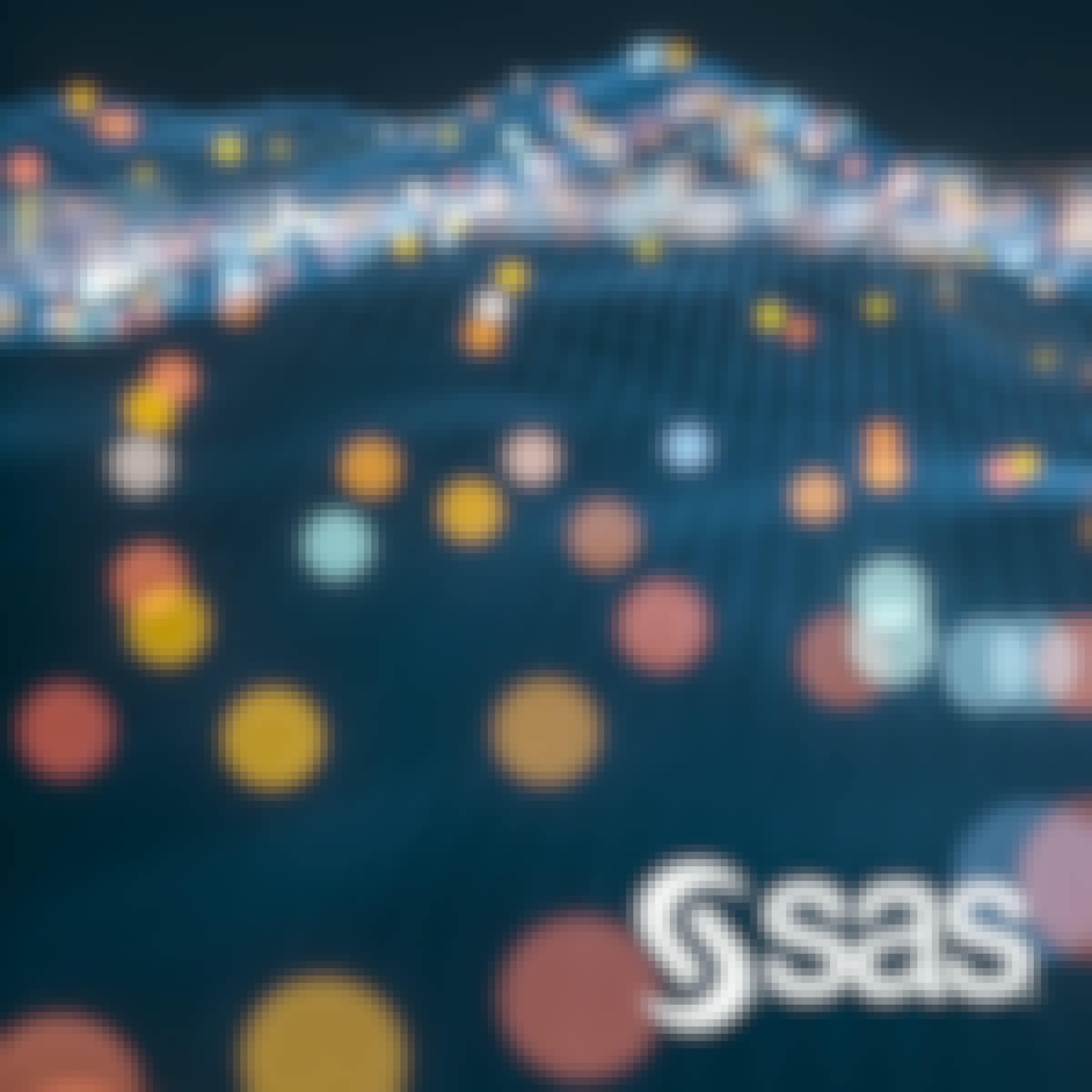Filter by
The language used throughout the course, in both instruction and assessments.
Results for "seasonality"
 Status: Free
Status: FreeUniversity of Leeds
Skills you'll gain: Exploratory Data Analysis, Data Cleansing, Statistical Modeling, Statistics, Data Analysis, R Programming, Box Plots, Data Visualization Software, Histogram, Statistical Analysis, Probability, Probability Distribution, Simulations

Kennesaw State University
Skills you'll gain: Leadership and Management, Strategy and Operations
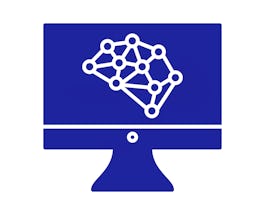
Skills you'll gain: Machine Learning
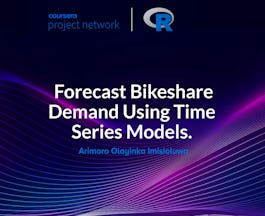 Status: Free
Status: FreeCoursera Project Network
Skills you'll gain: Basic Descriptive Statistics, Data Analysis, Data Visualization, Interactive Data Visualization, Machine Learning, Python Programming
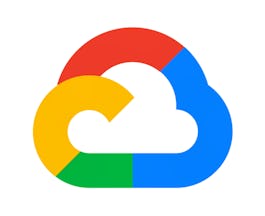
Google Cloud
Skills you'll gain: Google Cloud Platform

Imperial College London
Skills you'll gain: R Programming

Utrecht University
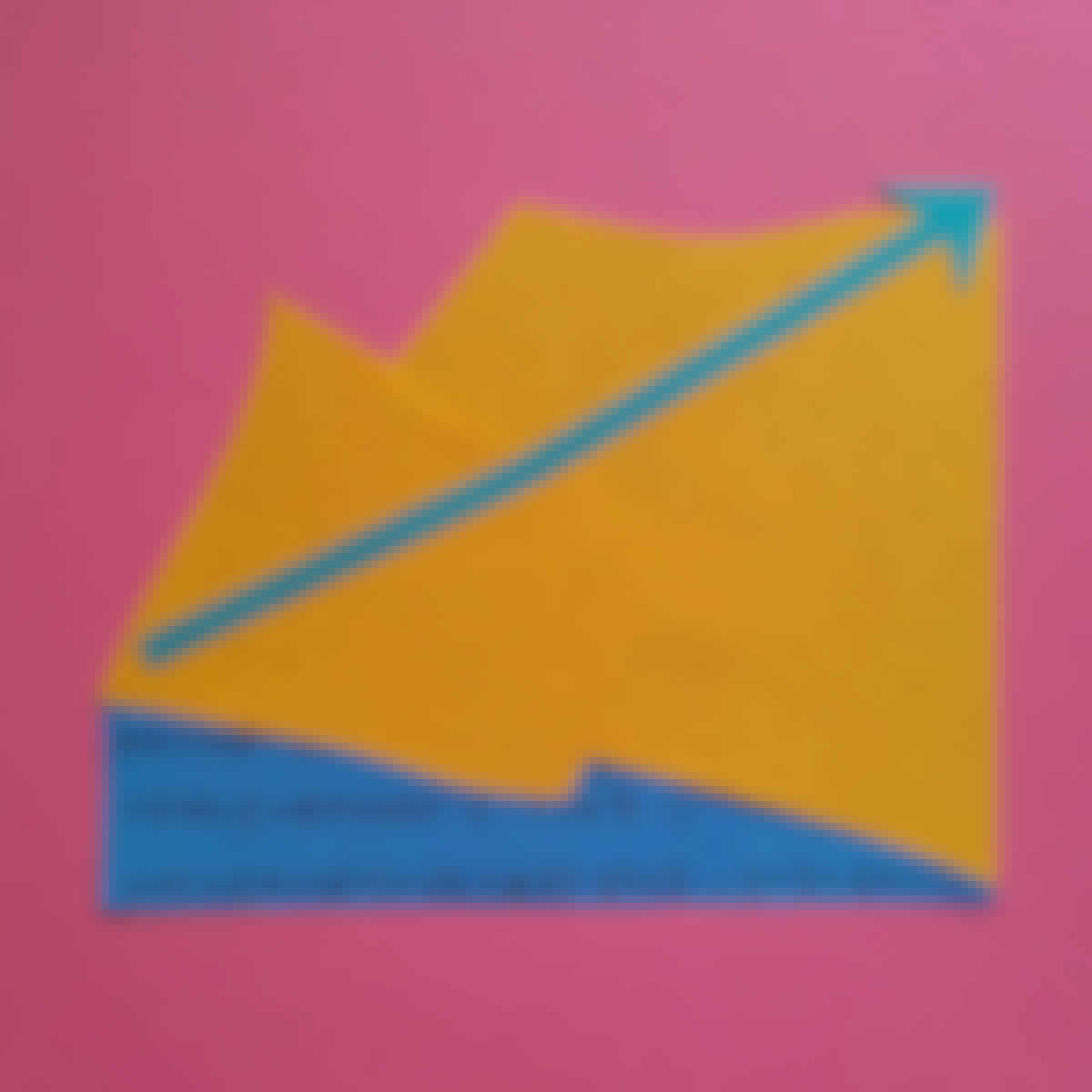
Università di Napoli Federico II
Skills you'll gain: Market Liquidity, Securities Trading, Financial Trading, Financial Market, Market Dynamics, Market Trend, Market Data, Technical Analysis, Price Negotiation, Financial Regulation, Order Processing, Algorithms
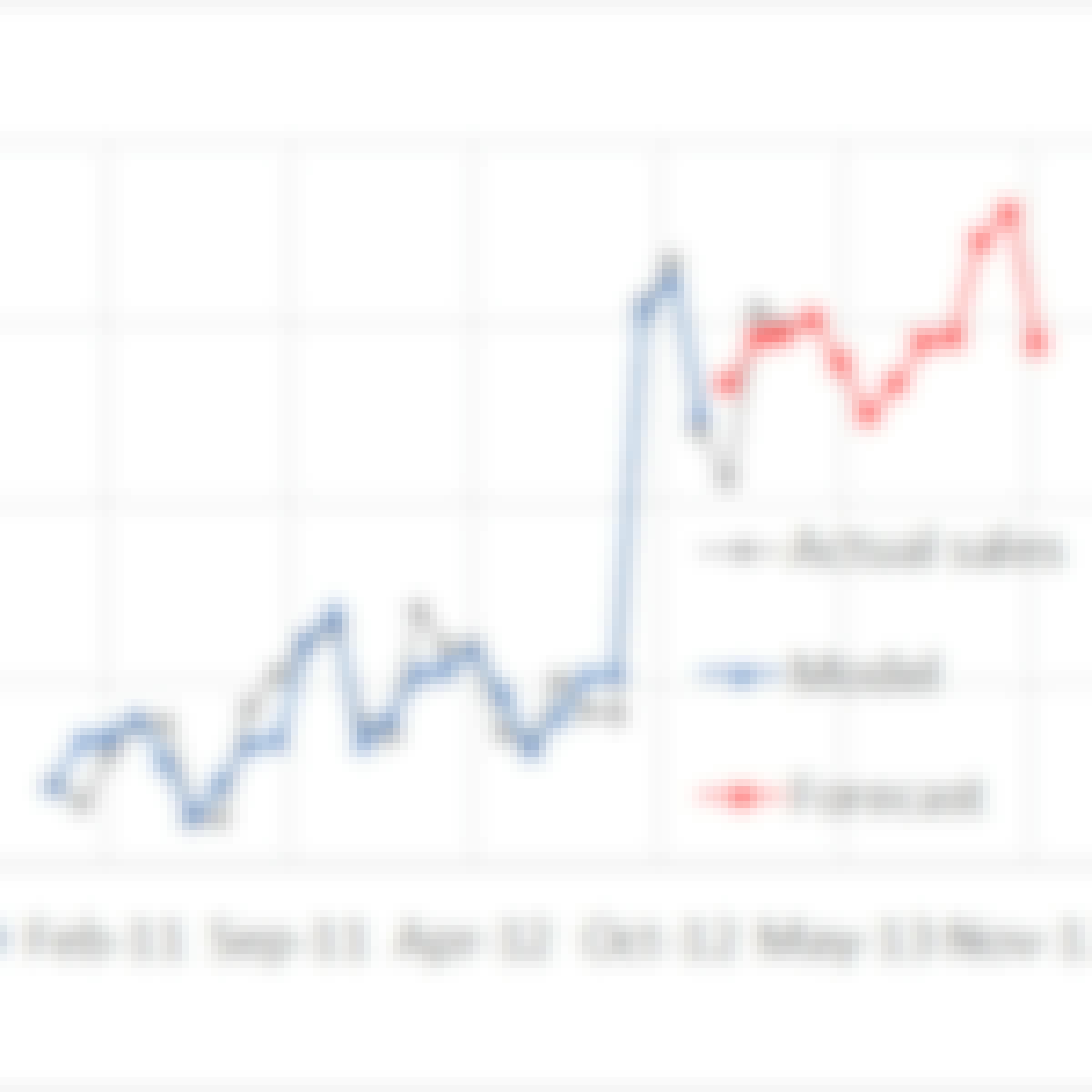
Rutgers the State University of New Jersey
Skills you'll gain: Data Analysis, Forecasting, Data Model, General Statistics, Probability & Statistics, Regression, Statistical Analysis, Basic Descriptive Statistics, Statistical Tests, Statistical Visualization, Data Visualization, Planning
In summary, here are 10 of our most popular seasonality courses
- Exploratory Data Analysis: University of Leeds
- Customer Centricity as Competitive Advantage - Jagdish Sheth: Kennesaw State University
- Capstone Project: Predicting Safety Stock : LearnQuest
- Forecast bikeshare demand using time series models in R: Coursera Project Network
- Foundations of Hotel Budgeting and Forecasting: Starweaver
- Weather Data in BigQuery: Google Cloud
- Building on the SIR Model: Imperial College London
- The exposome: cracking the science about what makes us sick: Utrecht University
- Creating Features for Time Series Data: SAS
- Analyzing Time Series and Sequential Data: SAS

